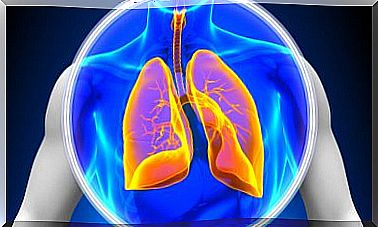Acute Lymphocytic Leukemia Diagnostic Techniques
This type of cancer affects the cells of the immune system, weakening it, which is why it is associated with a multitude of problems.
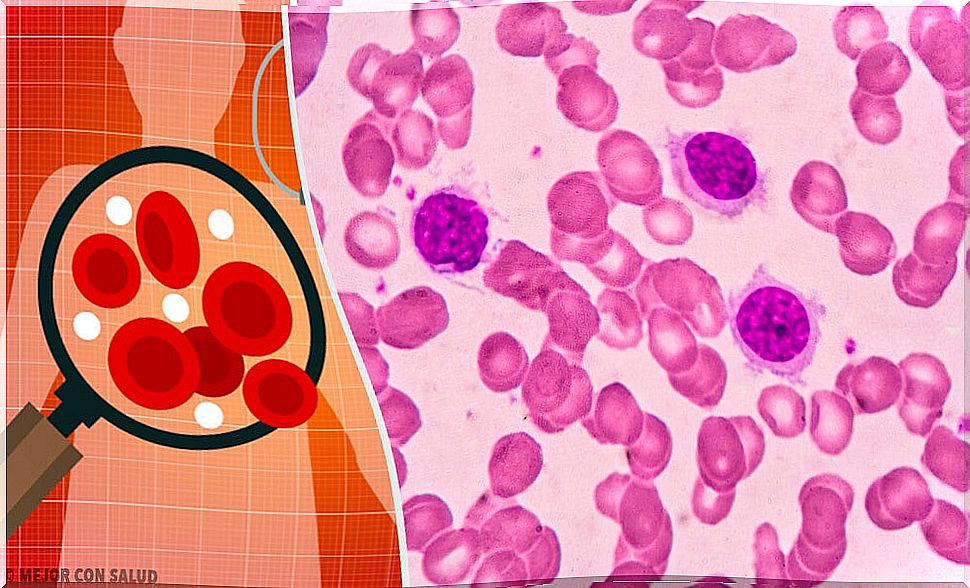
Acute lymphocytic leukemia is a serious cancer subtype that can be fatal if not treated early. It affects the white blood cells in our body, the lymphocytes. It can also be called acute lymphoblastic leukemia.
Lymphocytes are normally the most important white blood cells since they form a large part of lymphatic tissue. From them, new cells specialized in the defense of our body against foreign bodies are synthesized. In this way all these microorganisms form our immune system.
As a general rule, during cancer the altered cells begin to reproduce uncontrollably and do not have a programmed natural death. Also, as this type of tissue is associated with blood, it can easily spread to other body regions.
Diagnostic techniques for acute lymphocytic leukemia
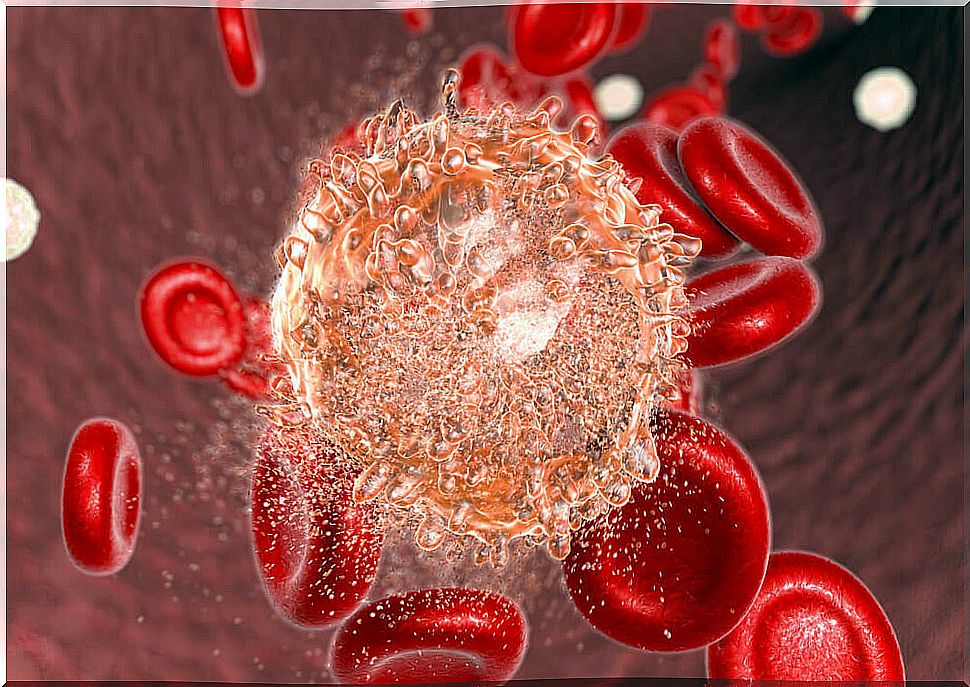
In order to calm the possible symptoms of the disease and seek an adequate cure it is necessary to first identify the disease. For this, the corresponding medical team may use different medical techniques.
Physical exam
In it, a check is made of the signs or symptoms that the patient feels. Likewise, the patient’s exposure to various risk factors that can increase the chances of developing the disease will be analyzed.
In particular, the state of certain regions such as the spleen, liver or lymph nodes will be studied. The medical history and antecedents (close relatives who have suffered the same alteration) will also be reviewed.
Complete blood test
As a general rule , a variable amount of blood is drawn from a vein in the arm using a needle. Above all, the levels of different blood cells are calculated and studied.
If the presence of this disease is suspected , lymphocyte levels should be monitored, which appear above normal. Other values can determine the presence of other diseases or damages due to the pathology.
Bone marrow medical tests
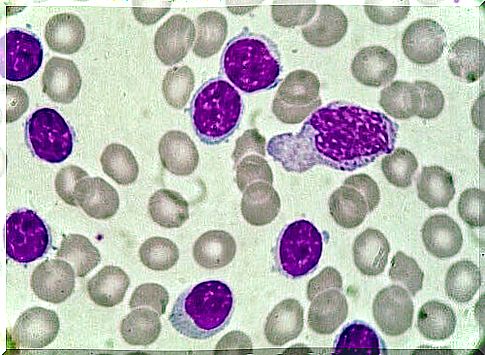
In these procedures , the state of the bone marrow that is part of our body is investigated. This subtype of cancer originates in this region. As a general rule, these types of procedures respond to the following scheme:
1. Bone marrow aspiration and biopsy
It can be performed on any bone but it is normally performed on the pelvis. For them, the patient is locally anesthetized and placed in a suitable position.
A fine hollow needle is then inserted and bone marrow is aspirated in a liquid state. Later another larger needle is displaced and a small part of the bone is obtained with the marrow.
2. Laboratory analysis
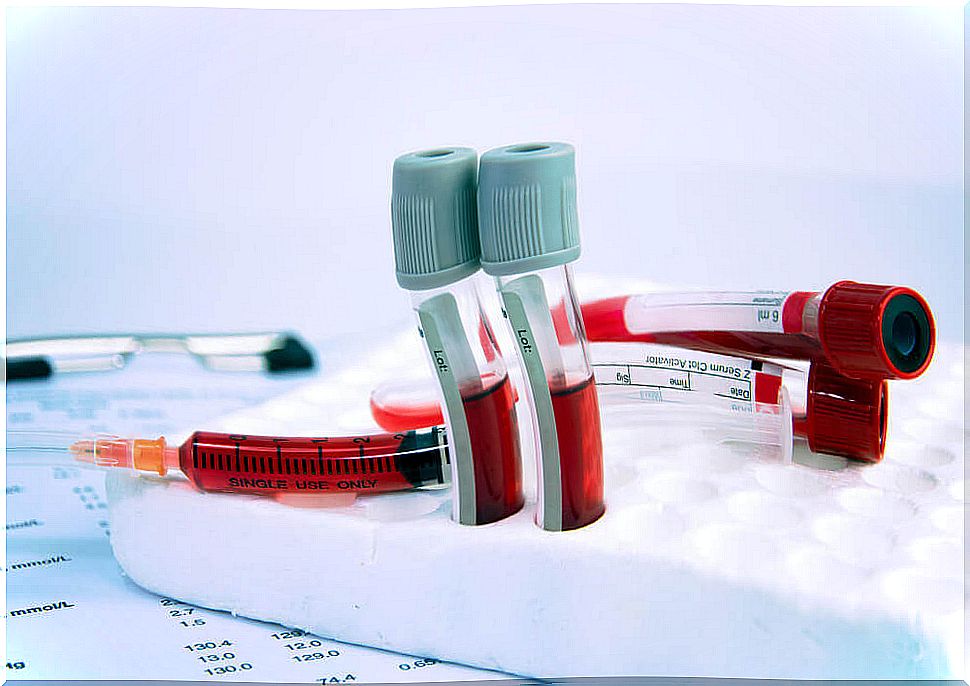
From the samples obtained in the previous tests , the lymphocytes in them are examined. The total percentage they form, their size and shape are studied and different stains are applied to them.
These dyes only react in the presence of certain chemical substances that allow the disease to be identified and classified. Certain antibodies or other proteins can also be used to make this distinction .
3. Tests related to cell chromosomes
As a general rule, human cells have 23 pairs of chromosomes. However, during this subtype of cancer it is possible that certain alterations occur in them. For example, a section may be absent, that is, a deletion occurs. Often two chromosomes appear abnormally attached. This is due to a type of DNA exchange known as a translocation.
4. Lumbar puncture
The cerebrospinal fluid is analyzed to see if the cancer has spread to other areas of the Nervous System or SN.
5. Lymph node biopsy
Some of this tissue is removed and analyzed to study the presence of lymphomas. Sometimes the entire lymph node is removed.
6. Obtaining body images
Also, the medical team can carry out obtaining different images using different techniques. For example:
- X-rays. Usually done to detect infections in the thoracic area (lungs) from the disease.
- Computed Axial Tomography or CT. In these images you can see if the lymph nodes or other organs are enlarged.
- Magnetic resonance. It is also done to detect other infections and conditions that are caused by cancer.
- Other tests such as ultrasound and different subtypes of scintigraphy (with gallium).





